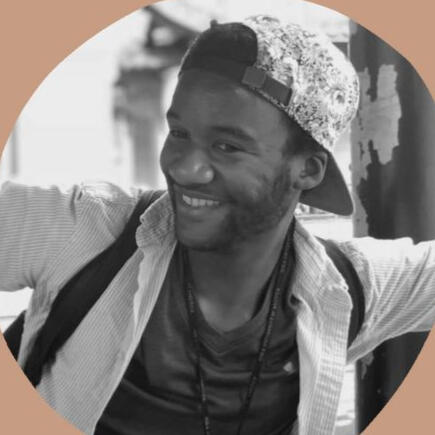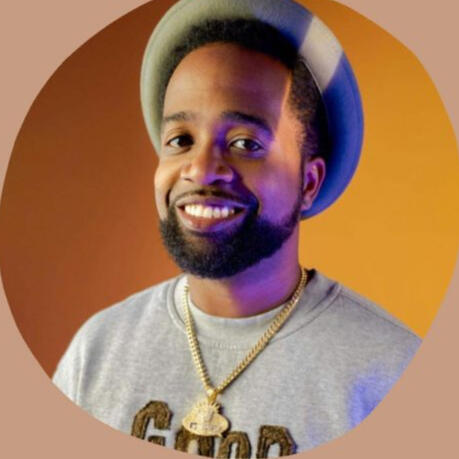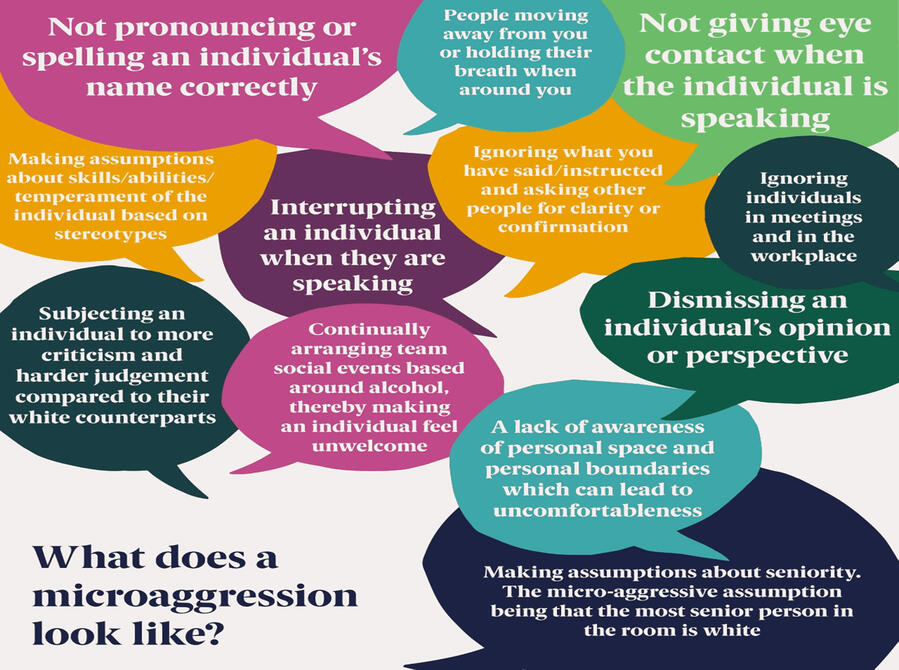Countdown to the
11th Annual Martin Luther King, Jr. Teen Peace and Social Justice Summit
About the Summit
Location : William Tennent High School
333 Centennial Rd, Warminster, PA 18974Date : Sunday, January 15, 2022Time : 4:00-6:00 PM
The 11th Annual MLK Teen Peace and Social Justice Summit will take place at William Tennet High School. It is hosted by several community groups in Bucks and Montogmery County. This summit is designed to bring together people living in Bucks and Montgomery County to discuss the impact of Martin Luther King, Jr.'s legacy.The format is designed for 9th -12th graders, although 7th and 8th graders may also attend. This year, the summit is open to educators and parents of student participants. We are excited for the opportunity to expand the community dialogue.This year's theme is Finding Common Ground. In a speech at Cornell College (1962), Dr. Martin Luther King, Jr. said, "People fail to get along because they fear each other; they fear each other because they don't know each other; they don't know each other because they have not communicated with each other."


Our community agreement
Name the problem
Open your heart and mind to changing the old narrative
Expect to be uncomfortable
Stay committed and engaged
Respect another person’s truth that may be different from your own
Open to learning not debating
Listen respectfully and respect confidentiality
Remain Hopeful!
Sponsors
This summit would not be possible without the hard work and endless support of our volunteer facilitators, event coordinators, and summit hosts. Special thanks to all of our partner agencies:
- Alpha Kappa Alpha Sorority, Buck County Chapter
- Bensalem School District
- Bucks County Comissioners
- Bucks County District Attorneys Office
- Bucks County YMCA
- Central Bucks School District
- Jack and Jill, Bucks County Chapter
- The Links, Bucks County Chapter
- Morrisville Borough School District
- Neshaminy School District
- New Hope-Solebury School District
- The Peace Center
- Pennsbury School District
- Quakertown Community School District
- Rise Up Doylestown
- The Rainbow Room
- Second Baptist Church of Doylestown
- Temple Judea of Bucks County
- YWCA Bucks County
About this Website
This website was created by volunteers in order to better organize and record information for our community about the MLK Jr. Teen Peace and Social Justice Summits. It has been kept as a record since the 10th Annual Summit in 2022.This resource is updated as we learn and grow with our community. We aim to provide (to the best of our ability) accurate information. If you notice anything on this website to be missing or false, please contact the organizers of the event.Thank you for your assistance in making our communities a more equitable and welcoming place to be.
Previous Summits
10th Annual Summit - 2022
The 10th Annual MLK Teen Peace and Social Justice Summit was hosted virtually on Sunday, January 16, 2022, by several community groups in Bucks County. This summit is designed to bring together people living in Bucks and Montgomery County to discuss the impact of Martin Luther King, Jr.'s legacy. The summit focused on the impact of microaggressions in education.The format was designed for 9th - 12th graders and some mature 7th and 8th graders. This year, the summit is open to educators and parents of student participants, and we are excited for the opportunity to expand the dialogue.The goal of this summit is to provide a space for students to share about the microaggressions and discrimination they have experienced. By participating in this summit, people discussed what it takes to practice allyship on issues of anti-Semitism, racism, homophobia, and other forms of discrimination, and gained access to educational resources.To learn more about microaggressions and the work our community did during the 2022 summit, check out our "About Microaggresions" page.
About Microaggressions
A microaggression is a form of discrimination, usually in the form of subtle comments or actions that negatively targets a marginalized group of people. These action are often considered to be small, not overt, and below the threshold of legal notice. Despite that, microaggressions can - and often do - have large impact on the person or people it is directed towards.Microaggressions can be intentional or accidental; indeed some of the people who commit microaggressions may not intentionally mean harm toward the person or group they use it against. They may not even realize that they are committing a microaggression. Regardless, microaggressions can be very hurtful to the people who experience them, and the intention of the perpetrator does not excuse the impact their actions have.

Microaggressions are about experiential reality and about listening to the voices of those who are oppressed, ignored, and silenced. During the summit, participants watched a video compilation of students in Bucks County sharing their experiences when faced with microaggressions in school. This resource is also available to you here.What these students - and many others like them - face includes bullying, harassment, and disrespectful and aggressive comments. While this video is not all encompassing, it highlights the impact microaggressions have on the people that experience them. It also show some of the ways microaggressions can present.
Video speakers, in the order that they appear:
Ben (they/them) - high school junior, identifies as gay/non-binary.
CC (she/her) - high school senior, identifies as Mexican American, Hispanic, and bisexual and queer.
Claire Chunk (she/her) - high school senior, identifies as Asian American.
Unnamed student - former high school student, identifies as Black. Experience read by another student.
Sophia (she/her) - identifies as a transgender woman and bisexual. Experience read by another student.
Bobby (she/her) - high school student, identifies as Indian American.
Dean Millard (he/him) - freshman at Villanova University, identifies as Black.
Dahlia Gumaa (she/her) - high school senior, identifies as Black.
Examples
Microaggressions aren't just comments. They also include behaviors that directly impact the quality of education a student receives. Microaggressions can happen anywhere. The first step in addressing microaggressions is to recognize when a microaggression has occurred and what message it may be sending. The context of the relationship and situation is critical.In the case of education, students of color are much less likely to be called on in class by a white teacher. Additionally, white teachers are 40% less likely to believe their students of color (particularly Black and Latine students) will graduate high school and 30% less likely to say a student will go on to achieve a 4-year degree.Students of color are, therefore, less likely to receive encouragement and close mentorship than their white counterparts. Despite the increase of teachers that have underrepresented identities in education, there is still a disproportionate lack of teachers to students with similar identities.This is especially important when we consider that people of color are less likely to be hired to teaching positions despite having the relevant credentials, meaning students also lack the experience of having a role model that looks like them. The lack of teachers and mistreatment of current minority teachers is also a microaggression against students, as they see people with their shared identity being mistreated and may internalize such treatment.Lack of representation means students - especially men of color - are more likely to be stereotyped and over-punished compared to their white counterparts. There is an obvious disproportion in the rate of suspension that students of color experience vs. their white counterparts. When students are represented by members of the faculty they are less likely to be suspended and more likely to succeed in school and beyond.Of course, microaggressions impact people in many different ways. Often, people think of race when it comes to microaggressions, which is very valid. This is because race is a large part of a person's identity and one that is very visible. They can also impact people based on age, citizenship status and nationality, class/caste, education, dis/ability, family structure, gender, mental health, queer and trans identities, religion, and weight bias - as well as many others. Below are some common categories and examples.
Alien in One’s Own Land - When Asian Americans, Latine Americans, and others who look different or are named differently from the dominant culture are assumed to be foreign-born.
Ascription of Intelligence - Assigning intelligence to a person of color or a woman based on their race/gender.
Color Blindness - Statements that indicate that a person does not want to or need to acknowledge race.
Criminality/Assumption of Criminal Status - A person of color is presumed to be dangerous, criminal, or deviant based on their race.
Denial of Individual Racism/Sexism/Heterosexism - A statement made when bias is denied.
Myth of Meritocracy - Statements that assert that race or gender does not play a role in life successes, for example in issues like school admissions.
Pathologizing Cultural Values/Communication Styles - The notion that the values and communication styles of the dominant culture are ideal or ”normal”.
Second-Class Citizen - Occurs when a target group member receives differential treatment from a privileged group.
Sexist/Heterosexist Language - Terms that exclude or degrade women and LGBTQ+ persons.
Traditional Gender Role/Norm Prejudicing and Stereotyping - Occurs when expectations of traditional roles or stereotypes are conveyed.
| Example | What it really means |
|---|---|
| You are really smart for a black person. | People of your background are unintelligent. |
| Why are black girls so loud? | Your experiences as a minority are not different from anyone else’s experiences. |
| You can succeed if you try hard enough. | You are lazy. |
| The only race is the human race. | Your experience as a minority is invalid. |
| As a girl, I understand what you experience as a minority. | I can't be racist because I am oppressed like you. |
| I don’t see color. | I don't see your whole identity, your struggles, or how society treats you because of your race. |
| You don’t act black. | Everyone in your group acts the same way. |
| You speak English very well. | People who look like you don’t have good language skills. |
| I have lots of black friends. | I am not a racist. |
| May I touch your hair? | You are an object. |